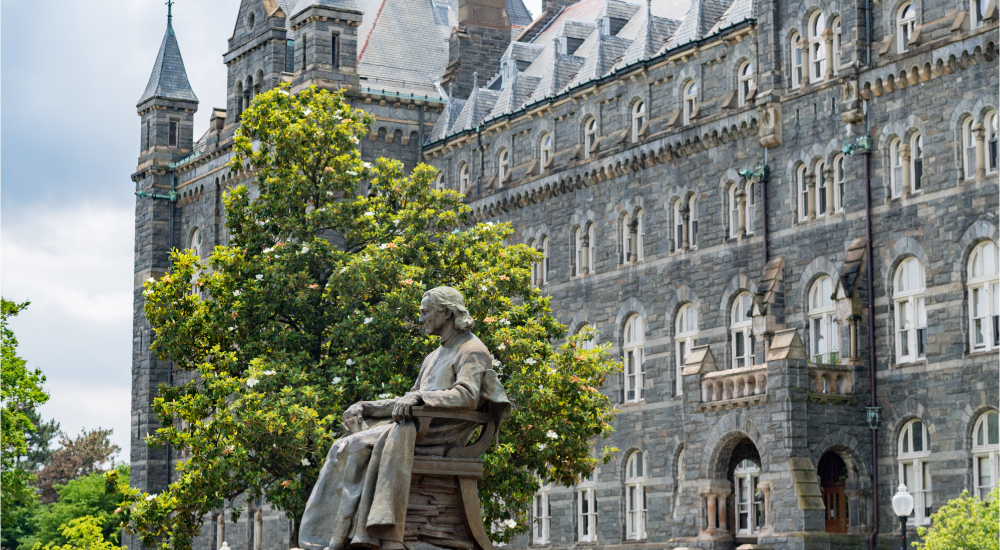
If there is one truth about DC’s Georgetown neighborhood, it’s that it maintains a superior connection to history. As one of the first neighborhoods to be designated as a National Historic District, standards are incredibly high for the preservation of existing structures and the prospect of new builds.
Whether a home in Georgetown is historic really depends upon your definition of the word. Obviously, there are many houses that are the sites of notable events or one-time residences of incredibly notable people. The Forrest-Marbury House at 3350 M St NW hosted President George Washington at a dinner that would conclude with the acquisition of the land necessary to build the District of Columbia. Georgetown historic listings of this sort are quite rare, as many such homes have been purchased by or gifted to universities and preservation societies, or now serve as embassies of foreign nations.
Even if they are not the sites of recorded events, the homes of famous figures such as Thomas Jefferson and Alexander Graham Bell may certainly be considered historic, simply for housing these individuals while they made sweeping advances in their fields.
In a third, more subtle sense, every Georgetown listing built before 1900 or even World War II could be considered historic because it reflects the values and thoughts of the period during which it was built. It is widely accepted that things built through the first half of the twentieth century were made to last in a way that few builders and manufacturers can stand up to today. What’s more, style and detail are effortlessly woven into these period structures to set them apart from one another and simultaneously maximize unity within a neighborhood.
Because Georgetown’s historic listings are so beautifully and often ingeniously crafted, residents preserve them and their odd quirks that may not suit a 21st-century family. Consider 3425 Prospect St NW: this elegant mansion has a long history of hosting Senators and Presidents, built in 1797 by John Mason (nephew of George Mason), or 3414 Volta Pl NW: the converted carriage house that served as A.G. Bell’s library and laboratory where he performed extensive research on deafness and where he likely invented the graphophone.
Whether you find yourself touring one of Georgetown’s rowhomes or mansions or even a condo in a converted tobacco warehouse, you can be sure that space has played a part in the deep, far-reaching history of the neighborhood.